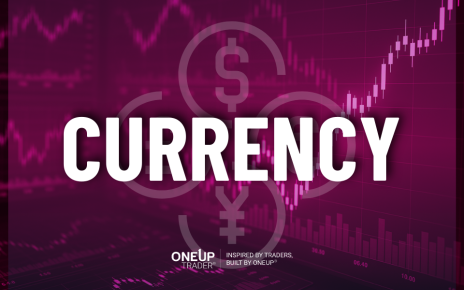- The dollar gained most of last week after the US president announced higher tariffs on several countries.
- Trump attacked Powell again over the weekend, asking the Fed Chair to step down.
- This week, market participants will focus on the US consumer inflation report.
Currency futures remained subdued on Monday as Trump’s tariff threats rekindled trade concerns. At the same time, market participants remained cautious ahead of crucial US inflation figures that will shape the outlook for Fed rate cuts.
The dollar gained most of last week after the US president announced higher tariffs on several countries. The move came after the 90-day pause ended with few trade deals. Trump slapped Brazil with a 50% tariff, Japan and South Korea with a 25% tariff, and Canada with a 35% tariff. Meanwhile, over the weekend, he announced a 30% tariff on the Eurozone and Mexico. All these levies will take effect on August 1 if there are no trade deals.
Higher tariffs will boost import costs in the US and increase price pressures. This, in turn, will force the Fed to assume a cautious or hawkish stance. As a result, Treasury yields and the dollar gained. However, in the long run, tariffs could create trade tensions that would hurt the global economy.
The threat of higher tariffs has already put some nations on high alert. Brazil, which might suffer the highest tariff, has said it will respond in kind. Therefore, there is a high chance of trade wars that will dampen risk appetite. Nevertheless, the impact on financial markets has been muted this time. Market participants are still hoping talks before the new deadline will yield agreements. At the same time, Trump is willing to extend past the deadline to encourage negotiations.
Elsewhere, Trump attacked Powell again over the weekend, asking the Fed Chair to step down if he was not willing to cut interest rates. His continued attacks on the Fed have raised concerns about the independence of the central bank. Meanwhile, Powell remains mostly cautious, waiting to see the state of inflation.
US CPI (Source: Bureau of Labor Statistics, Census Bureau, Bloomberg survey)
This week, market participants will focus on the US consumer inflation report. Economists believe there was an acceleration in price pressure, with the annual figure increasing by 2.6%. Meanwhile, the monthly figure might increase by 0.3%. A hotter report would ease rate cut expectations and boost the dollar. On the other hand, if inflation is softer, the Fed would be more willing to cut rates in September.



